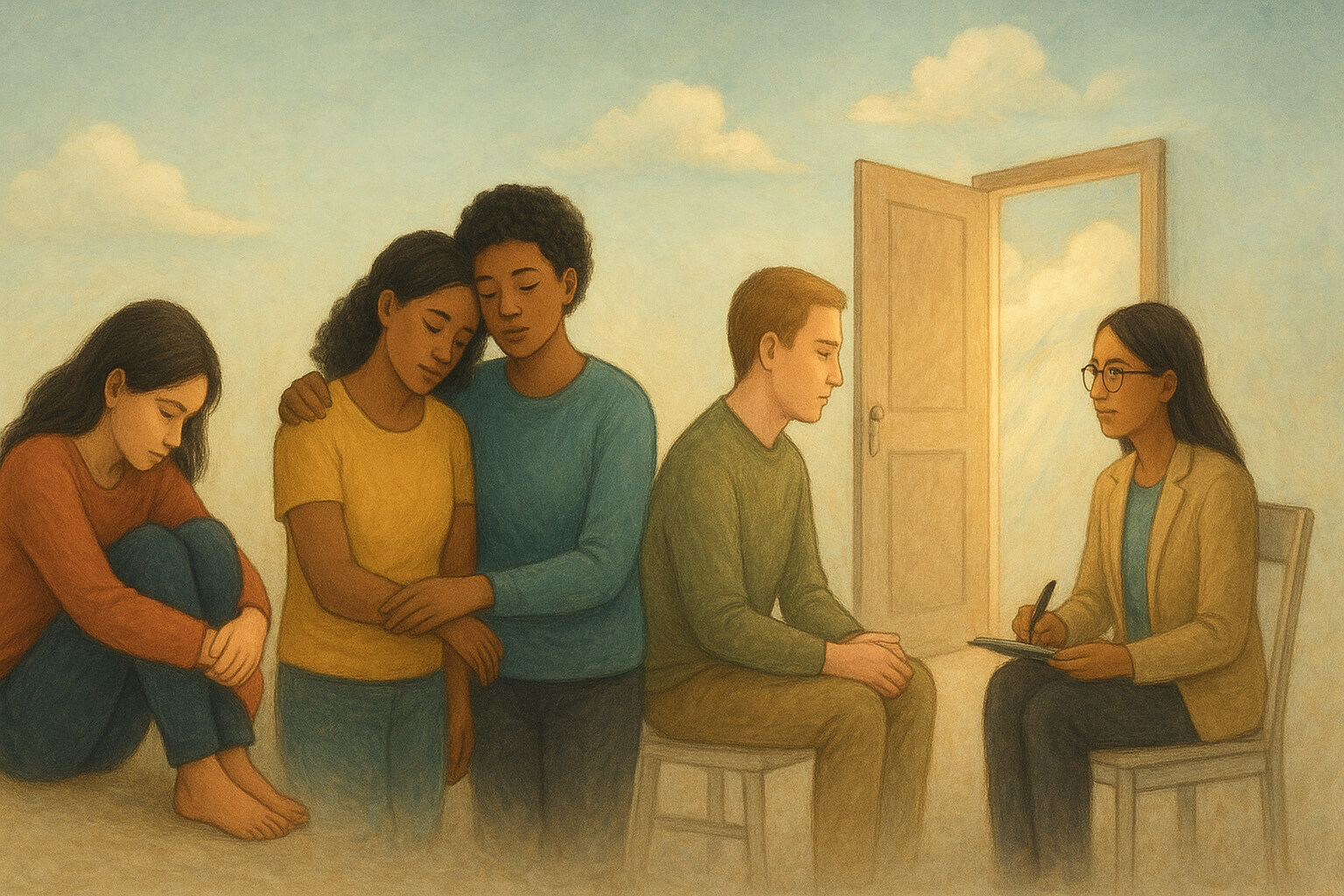August 26, 2025

Mental health is a cornerstone of overall well-being, influencing how we think, feel, and behave. Yet despite its importance, it remains widely misunderstood, underdiagnosed, and stigmatized. Millions of people around the world live with mental health conditions such as anxiety, depression, bipolar disorder, and PTSD—each carrying a unique set of challenges that impact individuals, families, workplaces, and entire communities.
According to the World Health Organization (WHO), more than 280 million people globally experience depression, making it a leading cause of disability. Meanwhile, anxiety disorders affect an estimated 264 million people, often co-occurring with depression and other conditions.
Mental health struggles don’t discriminate by age, race, income, or geography. They affect people of all backgrounds—and often in silence.
These include a range of conditions such as:
Impact: Without treatment, anxiety can affect relationships, career progression, and physical health.
Depression goes beyond temporary sadness. Symptoms can include:
Depression can be mild, moderate, or severe, and it often occurs alongside anxiety.
This condition involves extreme mood swings:
Bipolar disorder requires long-term, specialized treatment, often including mood stabilizers, psychotherapy, and lifestyle management.
PTSD develops after experiencing or witnessing a traumatic event (e.g., violence, natural disaster, abuse).
Symptoms may include:
PTSD can occur in children and adults and often requires trauma-informed therapy and support.
Early intervention often leads to better outcomes. Some general red flags to look out for include:
If you or someone you know shows several of these signs for more than two weeks, it's important to seek help.
Effective treatment often combines:
It’s also helpful to explore practical coping strategies. For example:
Mental health advocacy helps people understand that mental illness is not a weakness or failure, but a medical and emotional reality that deserves care and compassion.
Just like we work to break down barriers to education for girls globally (RocketPages), we must also address the systemic inequalities and cultural stigma that limit access to mental healthcare.
Explore the importance of community and individual advocacy in: Advocating for Mental Health Awareness
If you or someone you know is struggling with mental health, you are not alone. Use these credible sources:
Understanding different mental health conditions is the first step toward building a more compassionate, educated, and proactive society. By learning the signs, sharing resources, advocating for access, and promoting open dialogue, we can dismantle stigma and help people live healthier, more fulfilling lives.
Mental health is not a side issue—it’s a public health priority. And every conversation, every shared resource, every act of support brings us one step closer to a world where mental wellness is recognized, respected, and reachable for all.
Stay up to date with the latest tips, expert insights, product reviews, and step-by-step guides to help you grow, create, and succeed—no matter your industry or passion.